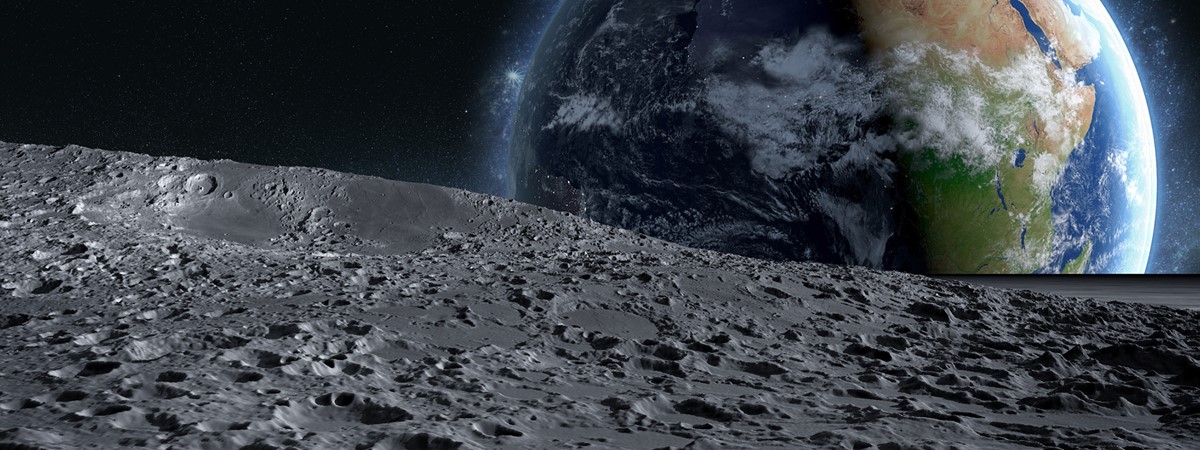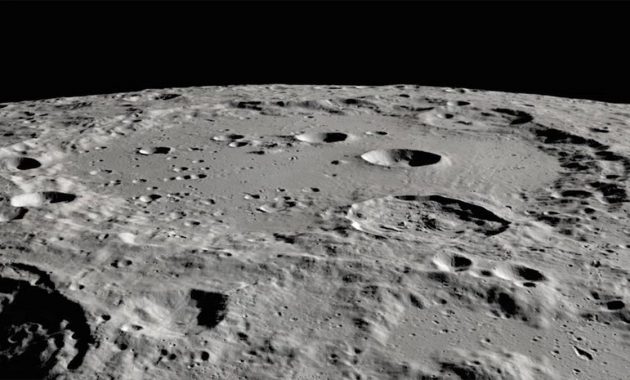Sometimes white, sometimes red, crescent-shaped, oval or perfectly round, the Moon has been the faithful companion of the Earth for billions of years.
Born at the same time as the Earth the Lady of Night aged prematurely but its gaze has kept all its intensity and still dreams many observers who courtez it when it deigns to appear above the horizon.
The Moon is not a planet because it does not turn around the Sun; The moon revolves around the Earth. It is therefore the natural satellite of the Earth. But there are also so-called artificial satellites that revolve around the Earth and are used for telecommunications or for studying our planet.
The Moon orbits very far from Earth, about 384,000 km away while most artificial satellites revolve around the Earth at about 500 km altitude, some 36,000 km as geostationary satellites.
The Moon is so far that it takes 4 days to reach it in rocket. We will talk about it in the page devoted to the exploration of the Moon.
The Moon always has the same apparent diameter, even near the horizon where it gives the impression of being much bigger. It is in fact an optical illusion as seen in the photograph on the left: near the horizon or very high in the sky the Moon always has the same diameter!
Four times smaller and 81 times lighter than Earth, the Moon is 3476 km in diameter. It is one of the biggest satellites in the solar system, as big as the Europe satellite that revolves around Jupiter and which you can observe as a shining star in a small telescope. It represents the 3/4 of the planet Mercury which is the planet closest to the Sun.
There is no atmosphere and therefore no air on the moon. This is why cosmonauts have to wear a scuba to breathe when exploring the lunar ground. The Moon lost its atmosphere soon after its formation because its low gravity could not retain it and the gases are gradually escaped in the space.


ye
Good
Ggg
xcv